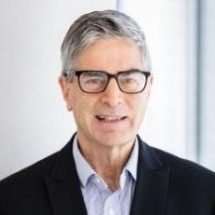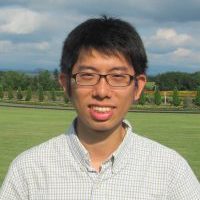A Century of Harmonic Analysis
Lecturers
Professor Anthony Dooley, University of Technology Sydney
Associate Professor Po-Lam Yung, Australian National University
Synopsis
The Fourier transform is an ubiquitous tool that allows one to represent a function as superposition of different frequencies. Its analysis led to substantial progress in the study of partial differential equations and analytic number theory, and has found important applications in diverse fields such as information theory and physics.
One early connection came from the Hilbert Transform:
This is of great interest from many points of view, from complex analysis to boundary value problems for the Laplacian and signal processing (this last connection comes from the formula
![]() a mechanism with which one can can switch on/off a signal). In 1928, Riesz proved that H is bounded onLp(R) for all 1 < p < ∞. This is the beginning of a rich and fruitful theory of singular integrals,concerning operators whose kernels (such as 1/y) barely fails to be integrable on the domain (R in this case). It provides the technical tool required for obtaining a Fourier representation of a general Lp function on R.
a mechanism with which one can can switch on/off a signal). In 1928, Riesz proved that H is bounded onLp(R) for all 1 < p < ∞. This is the beginning of a rich and fruitful theory of singular integrals,concerning operators whose kernels (such as 1/y) barely fails to be integrable on the domain (R in this case). It provides the technical tool required for obtaining a Fourier representation of a general Lp function on R.
Course Overview
- In the first two weeks of this course, we will start with the basics about the Fourier transform on Rn, and study singular integrals such as the Hilbert transform.
- In the last two weeks we will discuss some more advanced topics, such as Bochner-Riesz means (related to the Fourier representation of a general Lp function in Rn when n ≥ 2), the related Fefferman’s disc multiplier, applications to ergodic theory, fractional calculus, and the latest advances in Fourier decoupling inequalities that resolved the main conjecture in Vinogradov’s mean-value theorem in number theory (2015).
Prerequisites
Assessment
- 2 Assignments (25% each)
- Take-home final (50%)
(may be subject to change)
Attendance requirements
Participation in all lectures and tutorials is expected.
For those completing the subject for their own knowledge/interest, evidence of at least 80% attendance at lectures and tutorials is required to receive a certificate of attendance.
Resources/pre-reading
You are expected to have taken a course on elementary analysis, at the level of W. Rudin’s “Principles of Mathematical Analysis”, and it will be helpful for you to have read:
Not sure if you should sign up for this course?
Take this QUIZ to self-evaluate and get a measure of the key foundational knowledge required.

Professor Anthony Dooley, University of Technology Sydney


